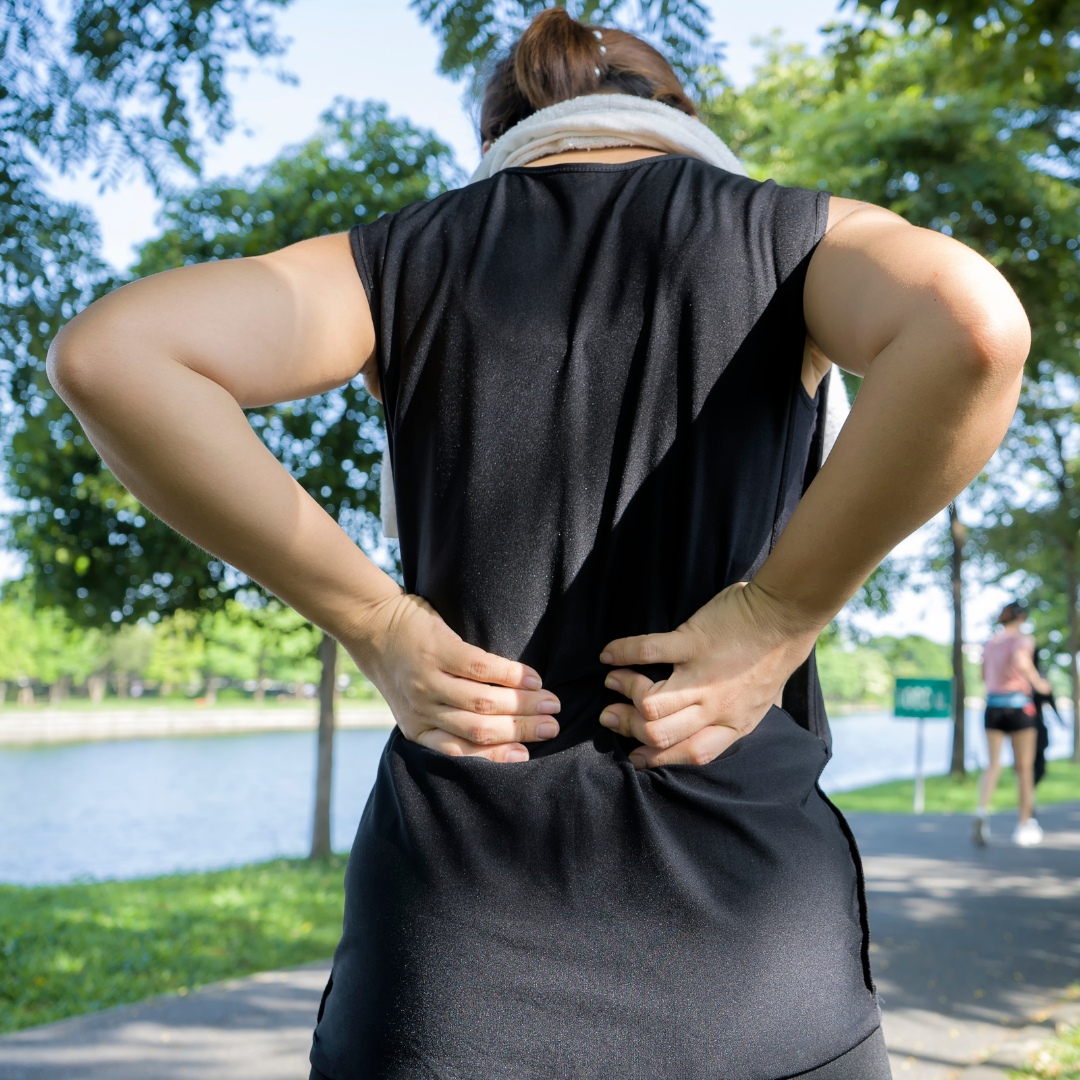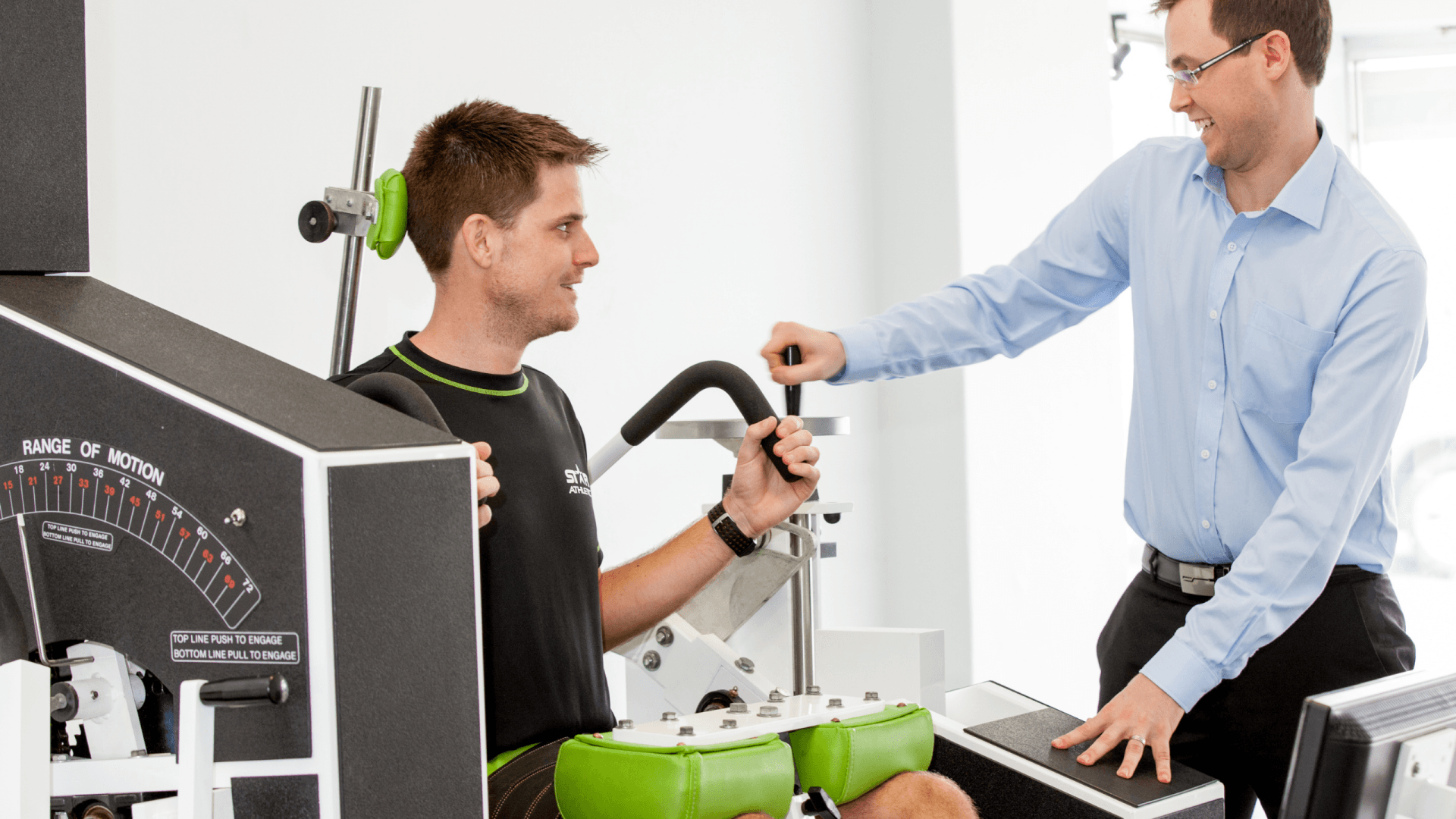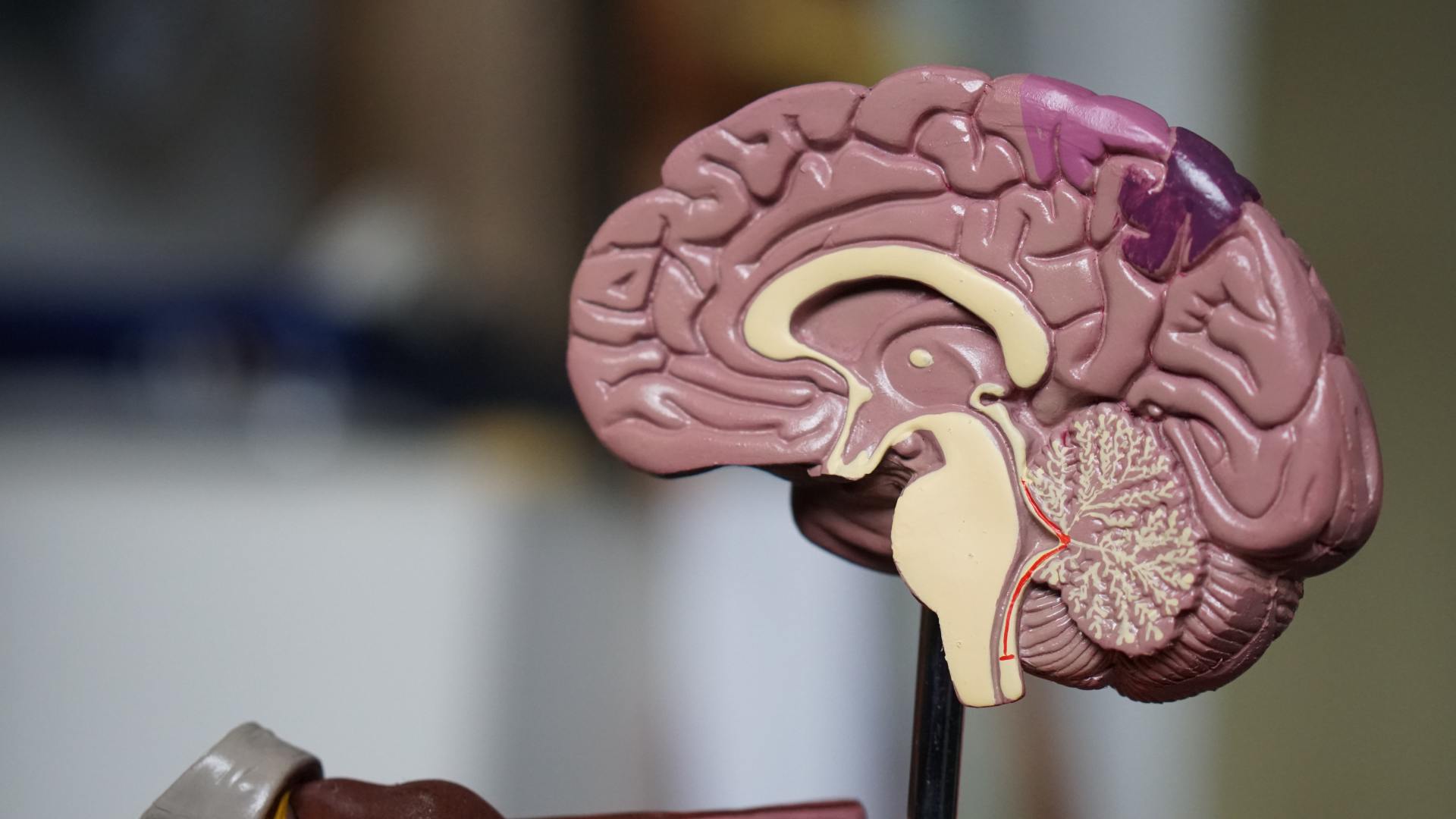Acute and Chronic Low Back Pain
Acute and Chronic Low Back Pain
Whether Acute or Chronic, living with back pain is no fun at all. Lower back pain is one of the most debilitating conditions that you can have, but the amount of information about what to do about it can be very confusing. We want to make things simple for you, to get you the results that you want.
If you experience chronic pain for longer than three months without proper treatment, your risk of injury and re-injury increases. Your joints and muscles become sensitive and unfit. If you live with chronic pain for years or decades, it begins to affect everything that you do. If it's a brand new (Acute) back pain, then it's important to get assessed, educated and treated early so that the pain doesn't become long-term.
Common
Concerns
Patients who suffer from lower back pain commonly report:
- They are taking too much medication, and it often doesn’t work
- Family members, employers and their health professionals don’t’ believe how much the low back pain is impacting their day to day life
- Immense anxiety and fear about moving in certain directions, or completely avoiding movements altogether
- Feeling like they need to plan their entire life around their back pain
- Feeling weak in their spine, like it could “go” at any moment, leaving them immobile
- Dissatisfaction with their current medical and health plan – especially if they have had surgery and the pain hasn’t resolved.
Symptoms
We Treat
If you experience the below, it is very likely that we can help you:
- A stiff lower back first thing in the morning
- Sharp pain when you bend forward or sideways
- A sore and stiff mid-back that prevents you twisting, or
- Back pain that stops you from sitting or standing for long periods of time.
- Feeling like that your back could "go" at any moment
- Referred pain or other symptoms into your buttock, leg or foot.
Could your Back Pain be treatable?Find out by taking our 2 minute online test.
Our
Diagnoses
Our clinic is built around the treatment of spinal pain, including low back pain. We totally understand that lower back pain can only be treated effectively if the diagnosis is correct first. When we say diagnosis, we don’t just mean giving it a label like “non-specific low back pain”. We mean:
- Teaching you what the precise cause of your low back pain is – taking into account all of the known factors that could be contributing to your condition
- Appreciating the impact that living with low back pain has on you, your family, your friends and your life
- Having an awareness of how low back pain is impacting your mental health, and your ability to work
- Assessing the strength of your lower back using the MedX Medical Lumbar Extension Machine
- Being aware of the social, cultural, financial and personal barriers that have meant you haven’t been able to get on top of things yet.
Our
Solution
After this diagnostic process is completed, we provide the most comprehensive treatment plan to help get things back on track. Your treatment plan is tailored individually to your goals (no “cookie-cutter” treatment plans), your individual condition, and your personal circumstances. Your treatment plan will include:
- Goals set for the individual outcome that you want.
- The expected number of sessions and how long it will take
- The exact treatment tools and methods that will be undertaken in the clinic through the journey
- The lifestyle changes and exercises that you will need to complete in your own time to give yourself the best chance getting a good outcome
- The dates for when a full re-assessment will be undertaken to ensure you are still on the right track.
We use the most diverse, up-to-date and cutting-edge treatment methods to combat acute and chronic pain – without the use of medication. Our aim is to wean you off painkillers and get your back strong, so you have less chemical intake, more confidence and become more active so you can do the things you want to do.
We treat all kinds of Low Back Pain.Find out the different kinds of Low Back Pain we treat here.
FAQs about Low Back Pain

Are you a person living with back pain that's so deep that you can't touch it? Can you feel the pain right at the bottom of the back? Does it hurt when you try to move? If you’ve tried all the massages and products in the world - the massage guns, foam rollers, tennis balls, all the rubbing, and poking just to try reach the pain in the hopes of relieving it… Then today's blog is for you. We are sharing with you two top secrets (that you may not have heard of), about how to get rid of that deep, low back pain. Firstly, before we go any further, it’s important we rule out this: If you have back pain, that is constant, that's there at night, it's worsening and you're also losing weight or there's other health issues that are coming along with it, you need to go to the GP to make sure that there is nothing nasty happening. We're talking cancers, tumors, all those nasties. Especially, if it has come on out of the blue. This is something that we don’t want to be missed! However, if we're assuming that everything is all clear, and there’s no reason to believe anything sinister is occurring, then here are the two secrets to know what's going on with your deep seated, low back pain. Number one, there is a muscle that's very, very deep at the front of your spine. This muscle is called the psoas muscle, and it attaches from T-12 down to L-5 and down into your hip, as you can see in the diagram. It’s covered by organs, nerves, other muscles and skin! We call this muscle the hidden prankster, because a lot of people forget that it's actually there. The pain from this muscle, even though the muscle is at the front of your spine, it’s felt deeply in your back. If this muscle hasn't been assessed or treated before, then this should be your first port of call for consideration. By large, a lot of patients coming through that have been through their transverses of abdominal exercise, have been through their Pilates, tried a lot of different back pain strategies, and it's just not quite getting to where it needs to get to. That psoas muscle is the missing link in a lot of those cases.

The MedX Medical Lumbar Extension Machine is a very effective way to isolate and strengthen the muscles of the lower back. The machine will force the back to do all of the work, and to do it in a way that is safe, objectively measured, and tailored to your age, weight, height and ability to move. In order to fo rce the back to do the work, it's crucial to make sure that your legs and hips can't "cheat" and to do this, it's necessary to restrict leg and hip movement. Yes, the machine looks a bit intense, but the reality is that this equipment can be adapted to a person of any shape or size, and tailored to how far you feel safe moving, and should be PAIN-FREE to use. The pictures below show the key features:

Transcript "Good morning, Chris, from the Headache and Pain Management Center for your Thursday. And today, I'm talking about something that really excites me and that is getting strong in your back. And not just strong in your back, but pretty much any muscle that is behind you. So your shoulder blades, the back of your neck, all the way down to your lower back, even the glutes and hamstrings. So anything that is behind you that you can't see if you look straight down or look straight ahead, that is something that we need to talk about today. If you're joining us, type in below and say hello, because this is a topic that is very exciting for pretty much all manner of different musculoskeletal conditions and other things as well. So yes, having strong back muscles, that's really, really, really important. And I'm talking more specifically about the... So I'm sitting on the MedX machine by the way, which is our back strengthening machine. And basically, when we're talking about the muscles behind you, so the muscles of your back, the muscles of your shoulder blades, the muscles at the back of your neck and also the glutes and hamstrings, that is something which is called the posterior chain. Okay. So a lot of exercise physiologists use that phrase, a posterior chain. Good morning. I can see you there. Type in below and say hello. We're talking about getting strong today and basically when we're talking about that set of muscles. It's getting us to get upright. Okay. So if we look at people that are healthy, people that are strong, people that you look at and you just go, "Man, that person is really just owning life. That person is looking really fit. That person's looking really youthful, looking really just strong." What they're doing is they're basically standing up tall, okay. They're standing in a position where they are upright, they're confident looking. They just look like they own it. It's really interesting because what we've found is... And evolutionary psychology will tell you this as well. Is that as you stand up taller actually makes you feel confident and more strong. There's a lot of body language talks that talk about that. And there's a whole lot of different complex chemical processes that happen when you feel good or down. And when you're feeling down, it actually brings you forward, actually brings you down into a slumpy tight posture. If you've ever seen someone who's feeling really down in the dumps, who's feeling a little bit depressed, who's having a bit of a struggle, you notice that their posture just doesn't seem quite right. They're not as upright as they were before. They're not quite as just strong looking. They're not quite as confident looking. Their walking might be a little bit slower, their stride length might be a bit shorter, their speed might be a little bit shorter. And the reason for this, if they're feeling down is because we get into a posture or our muscles get into a pattern where the flection group, so the muscles actually bring you into the fetal position, start to take over more than the muscles that actually get you upright and get you out of that sort of fetal position bent down posture. Now this can happen not just for psychological reasons but also if we're not as strong as we could be. If we're not ambulant, if we're not doing as much exercise as we could, because when we're sitting a lot we're in a flexed position. So you can see me there, my hips are flexed. My knees are bent. I can probably see it there, but everything is in sort of a flexed bent over posture. Whereas when people are actually upright and they're tall, they're standing upright, their shoulders are back. They're actually getting everything upright. Their neck is in a little bit. They're not out like that. They're upright. Their bum's in, and they're just walking nice and steadily along the walkway. G'day, it's good to see you there buddy. All the way from Italy, type in and say hello. So yes, you would know absolutely how important it is to be strong in the muscles behind you. So your shoulder blades, your back, your neck, all of these sorts of things. So when we're talking about strength, in this regard, it's really important to have some sort of program with your physio or anyone that's actually treating you for pain, to get strong in the muscles behind you. Because when people are in pain, it's a really complex sort of situation that you find yourself in, in your brain that is. So, it's looking for... It's overly sensitive to messages of threat, but be they perceived or real, I might add. And basically, we need to give your brain good input to say, "Hey, everything's great. Okay. Everything is strong. I'm confident. There's more safety than there is danger." And one way to do that is actually to get strong. So to give your brain some input and feedback to say, "Hey, look, we're actually going quite well here. My muscles are turned on. I'm standing upright, everything's going great." And the more that you do that, the better it is. And the stronger you are on your back muscles, so your shoulder blades, your lower back, your neck, your glutes, and your hamstrings, you actually stand up straighter just naturally because you're stronger on the back than you are on the front, or you've got the strength at the very least to keep the posture upright. Which reduces the risk of pain, which just makes you more confident, sure, and certain about yourself. So here at the Headache and Pain Management Center, as I said, we've got this really awesome-looking machine. If I can get it out of the way, there it is. The MedX Lumbar Extension Machine, which is the best machine to actually get low back strength happening. So if you've got low back pain and it's actually causing you to bend forward, which by extension will make you not feel great about yourself because you can't stand up straight, you can't get up, you can't walk well, or you can't run well, you can't do the things you want to do. Then this machine can actually assist in getting your back strength going. So it's actually getting your back stronger so you can stay upright because right at the bottom of your spine if you haven't got those muscles to actually hold you up straight then you're going to slump forward. And all of those things I was just talking about may come into effect. So it's really important to be strong in your lower back and then our program, if we're to go forward with it, is to strengthen your lower back, strengthen the shoulders, strengthen the glutes, strengthen the hamstrings to get you upright, to go from there. So it's a really important thing to do. All of my team use this machine very regularly to actually keep upright and strong. I know Ryan is a very avid CrossFitter and Deborah does a lot of rock climbing too. So it all helps with all of that. So yes, it's very, very good to use. If you've got low back pain, if you are someone who's a slumper, a sloucher, someone who doesn't stand up straight or can't stand up straight, get in touch with us. If you are interested in a bit of information about all of this stuff that I'm talking about, I've got a really good booklet about the MedX machine, just type in the phrase MedX into the comments below and I can send that to you if you are interested in what the MedX machine does and how it can help you get upright in your posture, stand up straighter, and feel more confident, sure, and certain about yourself. That's all it is for today. I've got some things to do, actually redoing our website so that'll be up very soon. It's very exciting. And I will talk to you again tomorrow with another Facebook Live video. Cheers and bye for now."

Firstly, it doesn’t mean that you are making it up – your pain is real. What it means is that the signals coming from your muscles, joints and nerves of your back, is being interpreted by your brain as being really dangerous, rather than being normal. The new Pain Neuroscience discoveries are reshaping our knowledge of how back pain works, and there have been some amazing leaps forward recently.
